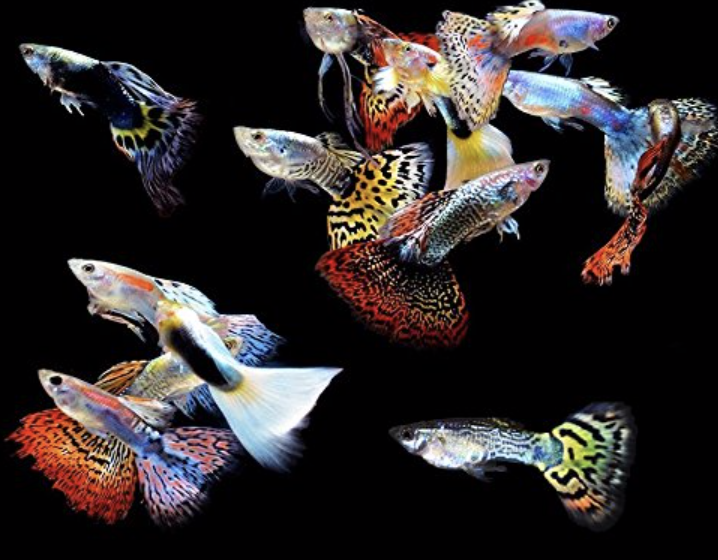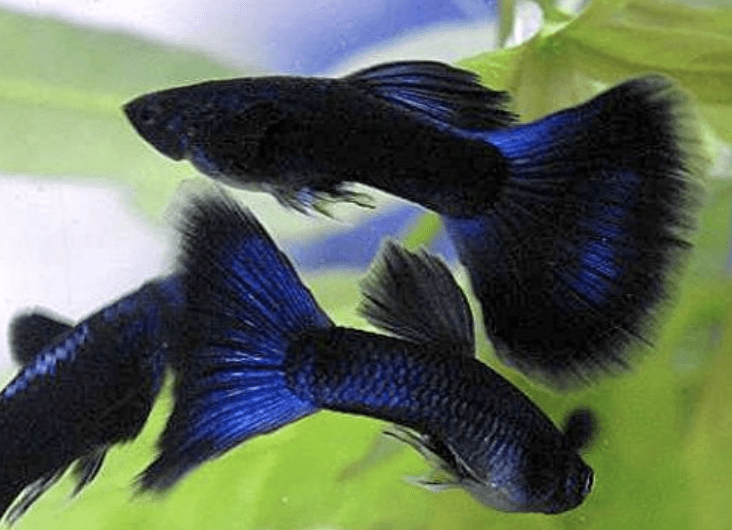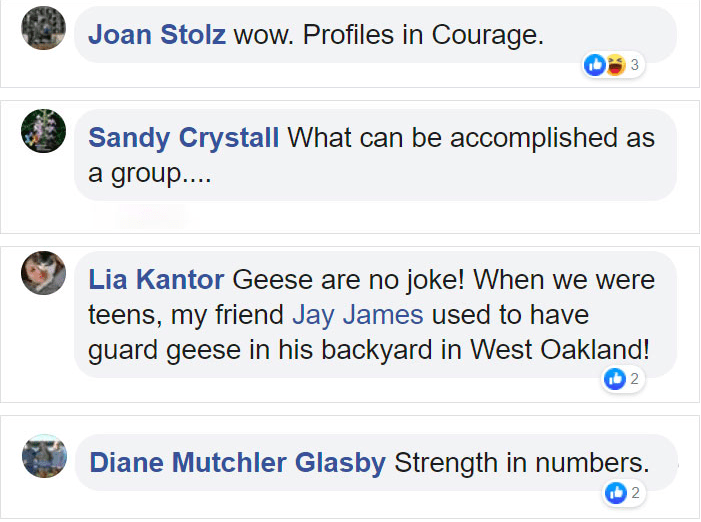With King penguins, it’s not unheard of for same-sex couples to form long-term relationships.
Such is the case for male penguins Skipper and Ping at the Berlin Zoo, who recently stepped in to parent an egg that was abandoned in mid-July. Zookeepers aren’t sure what caused the mother to leave, but the two male penguins weren’t going to let the baby die – not if they could help it.
Taking care of an egg isn’t a one penguin job, since, as aquarium curator Vikki McCloskey, points out, “You cannot incubate an egg and eat by yourself.”
She also states that penguins have “fairly strong pair bonds, especially if they’re successful in raising offspring.”
Penguins work together to create and incubate their eggs, and after the eggs hatch, they parents trade off caring for the chicks and going to catch food. That said, McCloskey notes that, as with all species, some individuals are better parents than others.
“There are a whole host of variables as to why a penguin would walk off its egg. In the wild, if your partner doesn’t come back, then you have to eventually go eat.”
The captive penguin may have abandoned the egg due to social reasons, age constraints, sensing that the fetus had stopped developing, or just a lack of interest in mothering.
“We’ve had male-female couples abandon eggs and we’ve had male-male couples do a great job incubating and raising offspring. There’s not really a rule, per se. The main imperative is to produce viable offspring.”
Just something to keep in your back pocket, ladies, the next time your husband tries the excuse that “you’re just better with the kids.”
As for the egg under Skipper and Ping’s care, it won’t be long now until we find out whether it’s going to hatch.
I, for one, can’t wait.
The post A Same-Sex Penguin Couple Adopted an Abandoned Egg and Did a Darn Good Job appeared first on UberFacts.

 This cute #teenguino was captured sharing a priceless moment with its father by @nixsouness #SouthGeorgia #KingPenguins #TravelwithQuark
This cute #teenguino was captured sharing a priceless moment with its father by @nixsouness #SouthGeorgia #KingPenguins #TravelwithQuark
 Should I do more? . . Still on the lookout for dear Gus who’s now missing for way too long…
Should I do more? . . Still on the lookout for dear Gus who’s now missing for way too long…  and all the kids loved petting her fluffy hair•When the goodbyes were said, each child got to choose a button of one of the horses•Surprisingly, there were no duplicates
and all the kids loved petting her fluffy hair•When the goodbyes were said, each child got to choose a button of one of the horses•Surprisingly, there were no duplicates Such a cute way to share Martha with a tiny little population and add more exposure to kids as we continue our goal for her therapy work
Such a cute way to share Martha with a tiny little population and add more exposure to kids as we continue our goal for her therapy work Think about all the good that comes from exposing a child to a horse at this young and how it effects their future feelings towards them
Think about all the good that comes from exposing a child to a horse at this young and how it effects their future feelings towards them (@avasauruss)
(@avasauruss) 





 #iceland #icelandicphallologicalmuseum #penismuseum
#iceland #icelandicphallologicalmuseum #penismuseum #worldelephantday . . . #icelandicphallologicalmuseum #throwback #omg #impressive
#worldelephantday . . . #icelandicphallologicalmuseum #throwback #omg #impressive


